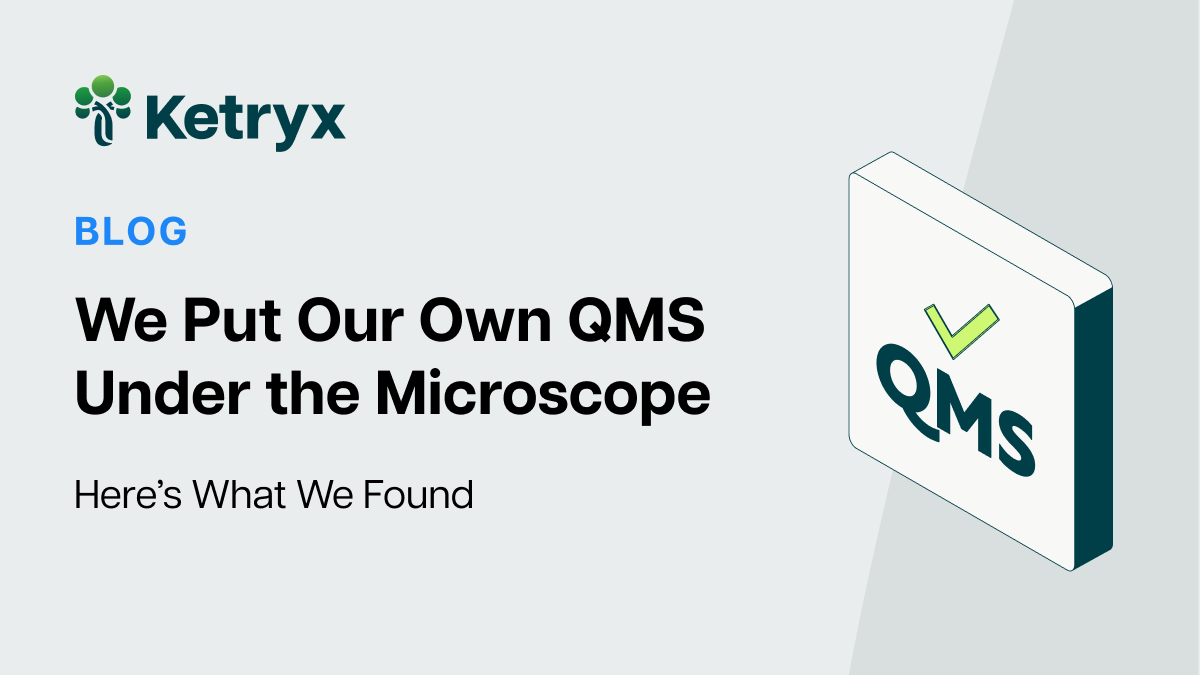
A brief overview of cloud security for standard and safety-critical software
Table of Contents
What is the cloud?
The cloud is a network of remote servers that store, manage, and process data, making it easy to access from anywhere with an internet connection. While the benefits of cloud computing are numerous, including increased flexibility, scalability, and cost-effectiveness, it also creates new security challenges that you must address to keep your data and systems safe from cyber threats.
One of the biggest challenges of cloud security is the sheer complexity of the cloud environment. Cloud infrastructure can include multiple providers, services, and applications, making it difficult for you to maintain visibility and control over all the components. Additionally, cloud environments are shared among multiple users, making it critical to ensure that each user's data and applications are properly secured and isolated from others.
How can I secure something so connected?
These are big challenges to face. Luckily, three key tools and practices are a good place to start. The ideal steps address security on both ends of a cyber risk event: before it happens and after it happens.
- Encryption: Encryption is the process of encoding data so that it can only be accessed by authorized parties. By encrypting data both at rest and in transit, you can ensure that your data is protected from unauthorized access, even if it is intercepted by a third party. Cloud providers typically offer encryption services as part of their platform, but make sure your encryption keys are properly managed and secured to prevent unauthorized access.
- Multi-factor authentication: You’ve heard of this one if you have a social media account or online banking. Multi-factor authentication (MFA) is an authentication method that requires you to provide two or more forms of identification before accessing a system or application. This can include something you know (such as a password), something you have (a mobile phone or security token), or something you are (such as a fingerprint or facial recognition). By requiring multiple factors of authentication, you can reduce the risk of unauthorized access to their cloud environments.
- Security monitoring and incident response: Continuous monitoring of the cloud can help detect potential security threats in real-time, allowing you to respond quickly and lessen potential damage. Monitoring for anomalous network activity, suspicious logins, and other indicators of compromise are excellent starts for this type of surveillance. Additionally, it is important to have an incident response plan in place that outlines the steps to take in the event of a security breach, including notifying affected parties, containing the incident, and restoring normal operations as quickly as possible.
Beyond the basics
While these basic tools and practices can help improve your cloud security, it is important to note that no single solution can provide complete protection against all cyber threats. With software as a medical device and its growing role within the Internet of Things (IoT), a new urgency to fortify cloud security is more important than ever. A comprehensive approach that includes multiple layers of defense is necessary to ensure the highest level of security. This can include:
- Regularly updating software and systems
- Limiting access to sensitive data and applications
- Educating your team on best practices for cybersecurity
- Establishing a culture of cybersecurity with your organization
A culture of cybersecurity can include regular training and awareness campaigns to educate your team on the latest threats and best practices for staying safe online. By fostering a safety-first culture, you can reduce the risk of cyber attacks and better protect your data and systems in the cloud.
Like the cloud environment, security practices should always be evolving and changing with a multi-faceted approach. The bare minimum of encryption, multi-factor authentication, and security monitoring can improve your security and reduce the risk of cyber threats, but remember that security is an ongoing process, and regular monitoring, updates, and education are necessary to stay ahead of the latest threats and protect against cyber attacks.

John has held roles in research, engineering, IT, and operations in the software industry for over 25 years. Most recently, he was both the VP of Engineering and Chief Information Officer for operations and compliance at Wolfram Research, primarily focused on Wolfram Alpha, the world's first and most trusted knowledge engine. He directed global platform operations and R&D efforts, as well as third party integration with customers like Apple, Amazon, and CVS-Health. His computer science and engineering experiences include large scale parallelized simulation models, design of high performance computing systems, directing IT architecture at a state university, and working for quality-focused research organizations such as Argonne National Lab and NASA. He holds a Master of Science degree in Computer Technology from Eastern Illinois University.



